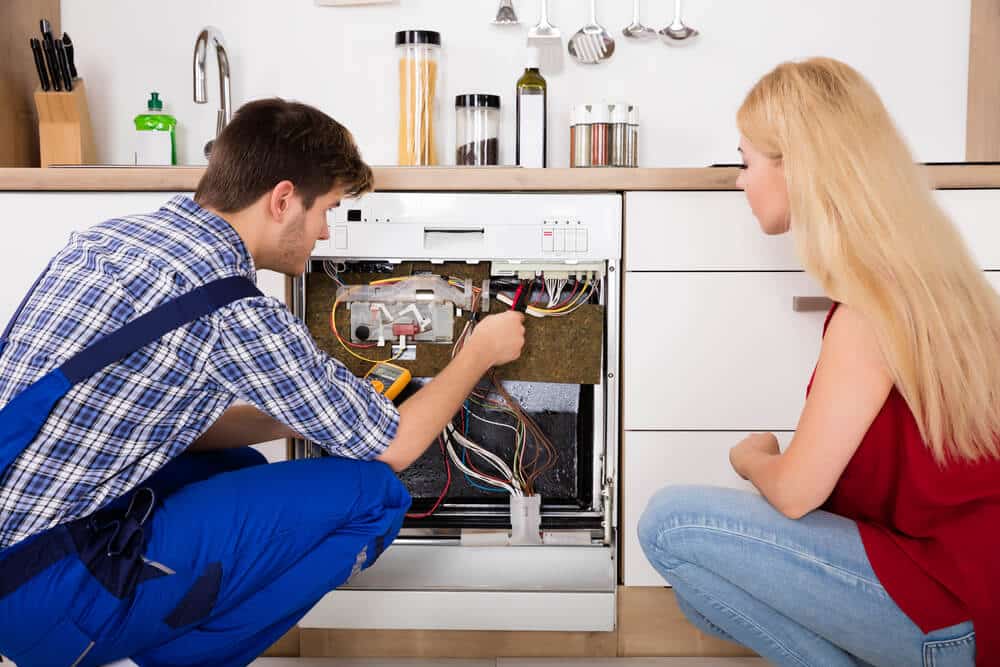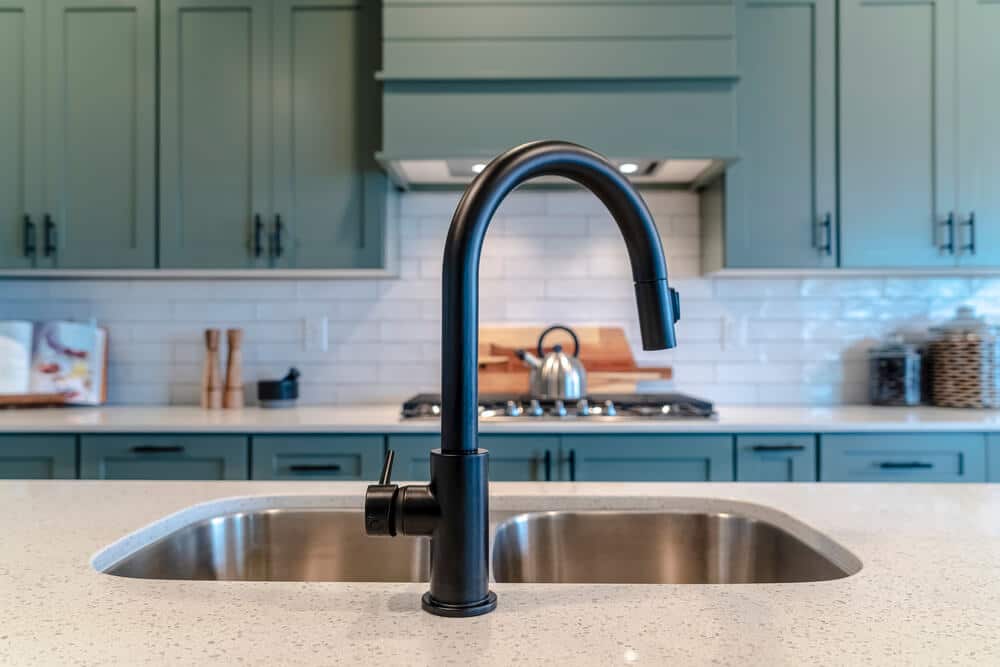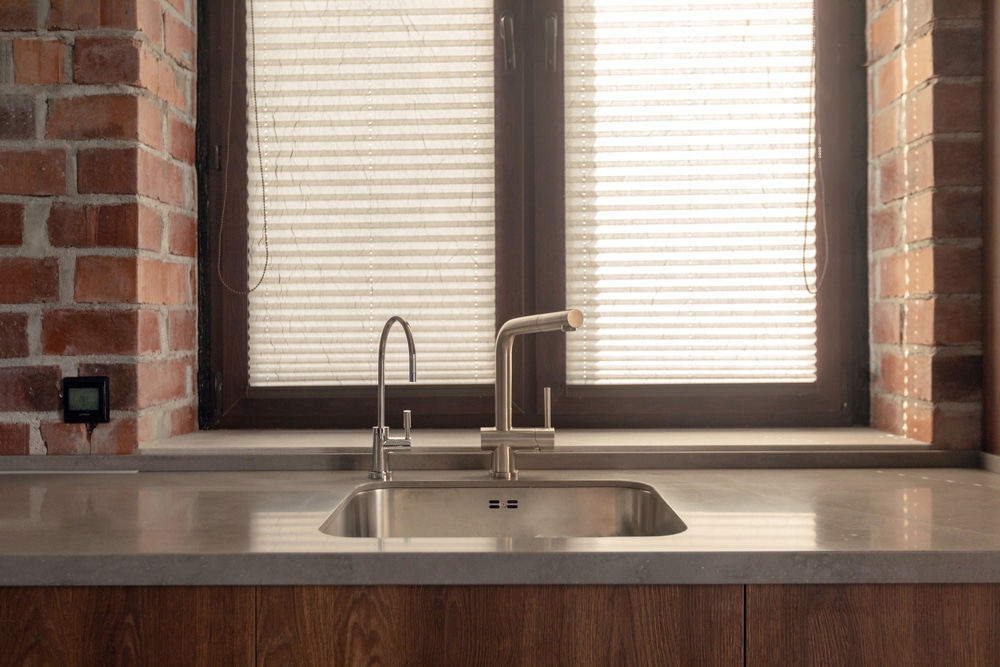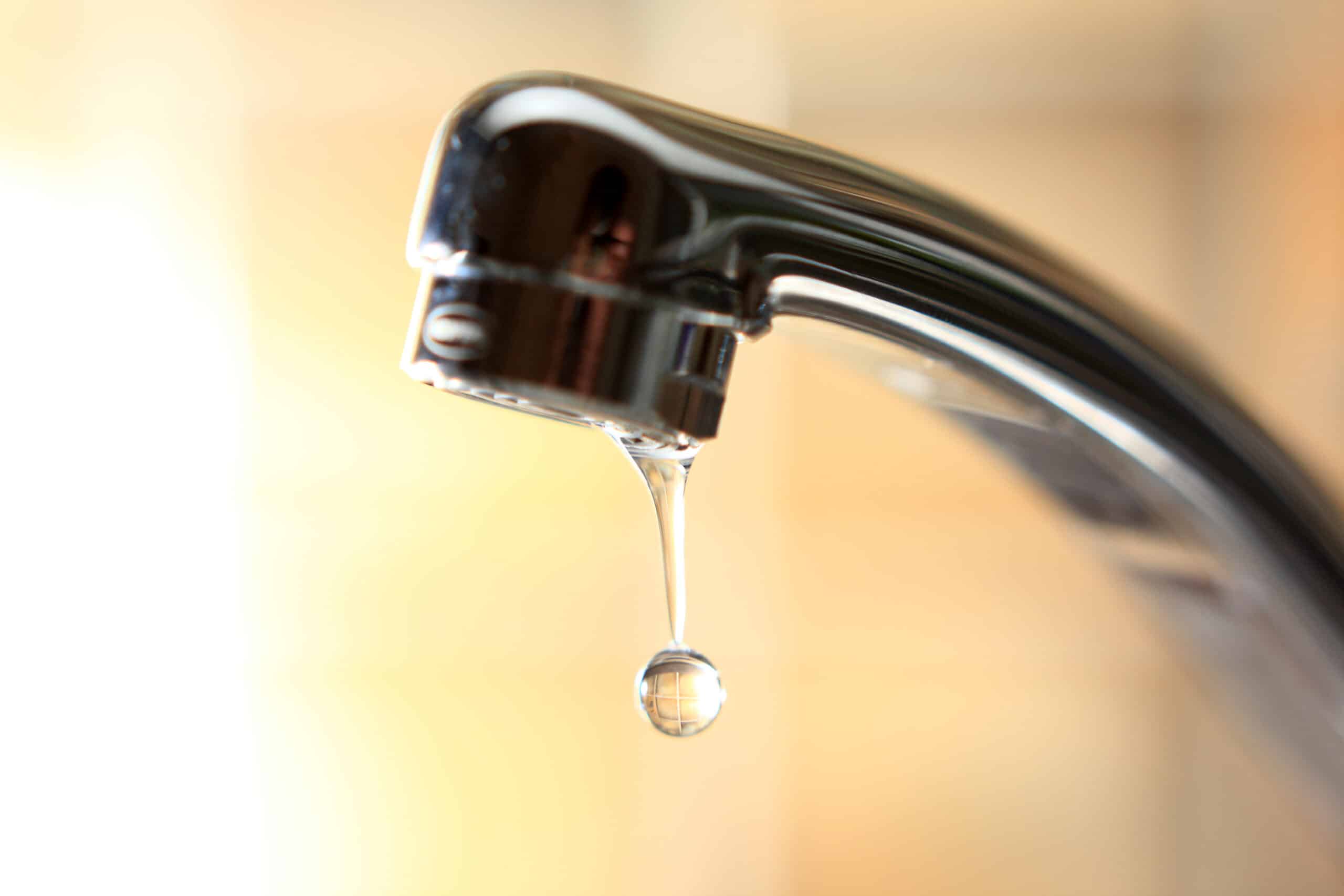How to Reset a Kitchen Aid Dishwasher
As wonderful as they are, KitchenAid dishwashers can sometimes throw a curveball our way. The control panel may go haywire, or your dishwasher might get stuck in a mid-wash cycle. And before you know it, you’re knee-deep in sudsy water and utter confusion.
As you read on, we’ll delve into the steps required to reset a KitchenAid dishwasher. By the end of this ride, you’ll be a resetting pro ready to end this constant beeping once and for all.
Why Resetting Your KitchenAid Dishwasher is Necessary
Below we explore why resetting your KitchenAid dishwasher is crucial for optimal performance, troubleshooting issues, and maintaining your appliance’s efficiency.
Resolving Minor Software Glitches
Do you know how sometimes your phone or computer gets a little wonky and needs a reboot? Well, dishwashers are no different! Occasionally, a KitchenAid dishwasher might experience a minor software glitch that can wrench its performance. However, a quick reset can help get it back on track and running smoothly.
Restoring Factory Settings After a Power Outage
Picture this: a stormy night, lights flickering, and then… darkness. A power outage swoops in, and when the power is restored, your dishwasher is confused. Crisis averted! Fret not; a simple reset can restore the factory settings and hum your dishwasher as if nothing happened.
Clearing Error Codes Displayed on the Control Panel
Occasionally, your dishwasher might flash an error code on the control panel. Thankfully, resetting your KitchenAid dishwasher can clear these error codes and help you decipher what’s happening in that enigmatic machine. Who knew dishwashers could be so mysterious?
Improving Dishwasher Performance and Efficiency
Sometimes your dishwasher might need a little TLC to get back in tip-top shape, and resetting it can improve its performance and efficiency. It’s like giving your trusty appliance a rejuvenating spa day, so it can tackle those dirty dishes with gusto.
Troubleshooting Issues with the Wash Cycle
Finally, let’s say your dishwasher is in the mid-wash cycle, and something goes awry. Maybe the cycle gets interrupted, or the water doesn’t drain properly. In these bursty moments, resetting your KitchenAid dishwasher can help you troubleshoot and resolve the issue like a pro. No more wash cycle woes for you!
Getting Prepared

Let’s get down to the nitty-gritty steps you’ll need to reset the kitchenaid dishwasher. However, before we start, there are a few steps we need to cover to make sure you’re prepared for this perplexing yet exciting journey.
Identifying Your KitchenAid Dishwasher Model
The first thing you’ll want to do is figure out which KitchenAid dishwasher model you have. You can usually find the model number on the dishwasher door or inside the user manual. This might seem like a trivial task, but trust me; it’ll come in handy when trying to find the right reset sequence for your particular machine.
Accessing the Dishwasher Control Panel
Before we begin resetting your KitchenAid dishwasher, you’ll need to access the control panel. Ensure your dishwasher door is open and the power supply is connected. Keep your ears open for any beeping and your eyes peeled for error codes on the display panel.
Now that you’re prepped and ready, let’s talk about some key aspects of resetting your dishwasher:
- Reset sequence Each dishwasher model might have a different reset sequence, which can be found in the user manual or online. Pay attention to the details; you don’t want to miss any crucial steps!
- KitchenAid dishwasher cycle Remember that resetting your dishwasher might interrupt the current cycle. Don’t worry – once you’ve completed the reset, you can start a new cycle to clean those squeaky dishes.
- Control lock feature Additionally, disable the control lock feature before attempting a reset. This can be done by pressing and holding the control lock button for a few seconds until the light turns off.
- Error codes and manual reset Sometimes, errors might require a manual reset. Here you’ll need to turn off the power source or drain pump and then turn it back on. The best part is you can easily find specific instructions in your user manual or online.
- Drain cycle If your dishwasher is stuck mid-drain cycle, a reset can help get things moving again. Once the reset is complete, the drain pump should kick in and remove any remaining water.
Steps to Reset a KitchenAid Dishwasher
Master the steps to reset your KitchenAid dishwasher, from locating the right buttons to completing the reset process, for seamless dishwashing every time.
Step 1: Disconnect and Reconnect the Power
Begin your reset journey by disconnecting your machine from the power source. Wait a minute or two, then reconnect the power. This simple reset might solve the issue, but if it doesn’t, there are more shots to try.
Step 2: Locate the Correct Buttons on the Control Panel
Next, you must find the right buttons on your dishwasher’s control panel. Depending on your dishwasher model, you may need to press a combination of buttons, like “high temp wash,” “energy saver dry,” or “cancel drain.” Consult your user manual or search online for the specific reset sequences for your model.
Step 3: Press and Hold the Designated Buttons Simultaneously
Press and hold the designated buttons simultaneously for about 3-5 seconds. If done correctly, your device should enter diagnostic mode, signaling the start of the reset process.
Step 4: Wait for the Dishwasher to Enter Diagnostic Mode
You’ll know your washer is in this magical realm when lights flash, beep, or display a specific code.
Step 5: Release the Buttons and Close the Dishwasher Door
Once the device is in its diagnostic mode, release the buttons and gently close the dishwasher door. The device will perform a test cycle to reset the control panel and wash the motor.
Step 6: Allow the Dishwasher to Complete the Reset Process
Now, it’s time to play the waiting game. Give your dishwasher some space to complete the reset process, which may take a few minutes. You can use this time to reflect on your incredible dishwasher-resetting skills or grab a snack.
Step 7: Check if the Issue Has Been Resolved
Finally, once the test cycle is complete and your dishwasher has emerged from diagnostic mode, check to see if the issue has been resolved. If everything goes according to plan, your dishwasher should now function normally.
When to Call a Professional for KitchenAid Dishwasher Repairs
Sometimes, despite our best efforts and mastery of reset sequences, our KitchenAid dishwasher might need extra help. That’s when it’s time to call in the professionals. But how do you know when to wave the white flag and make that call? Let’s dive in!
Persistent Error Codes
If your dishwasher displays error codes like a stubborn neon sign, even after you’ve tried the simple reset, diagnostic mode, and every possible button combination, it might be time to call a professional. They’ll be able to decipher those mysterious codes and get your device back on track.
Leaks and Water Supply Issues
Is water pooling around your dishwasher? High temp wash feeling more like a lukewarm splash? A pro will investigate the problem and ensure your dishwasher operates safely and efficiently. Regarding water supply issues and leaks, it’s best to call in the pros.
Strange Noises and Wash Motor Problems
If your KitchenAid dishwasher is making noises that would rival a haunted house, or if the wash motor seems to be struggling more than a tired marathon runner, it’s time to call for backup. A professional can diagnose the issue and repair or replace the necessary parts.
Unresponsive Control Panel
Additionally, if your dishwasher’s control panel is more unresponsive than a teenager during a family dinner, in that case, it’s time to call in a professional. A professional will determine if the issue lies with the control panel or if an underlying problem needs addressing.
Multiple Failed Reset Attempts
You’ve tried everything – the energy saver dry button, the cancel drain button, the hi-temp button, checked the circuit breaker, and more – but your dishwasher won’t cooperate. If you’ve attempted multiple resets, and your dishwasher still isn’t functioning properly, it’s time to call a professional. They’ll be able to determine the root of the problem and get your machine up and running again.
While we can conquer many dishwasher challenges with our newfound knowledge of resets and diagnostic modes, sometimes it’s best to let the experts handle the situation. After all, a well-functioning dishwasher is a happy dishwasher, and happy dishwashers make for sparkling clean dishes. Cheers to that!





